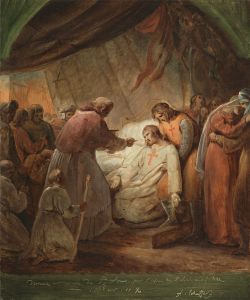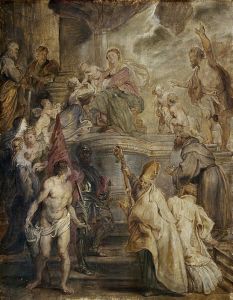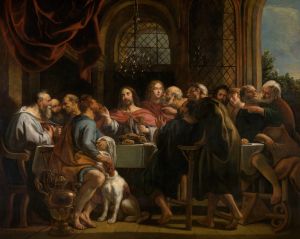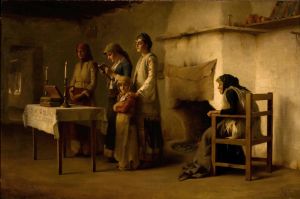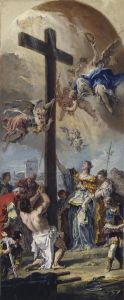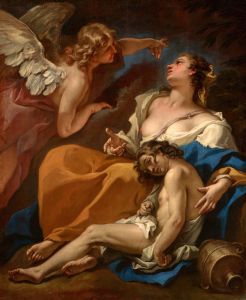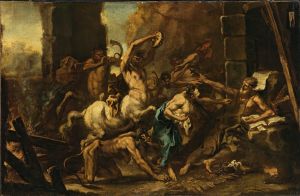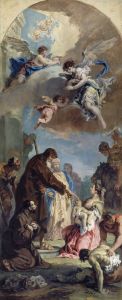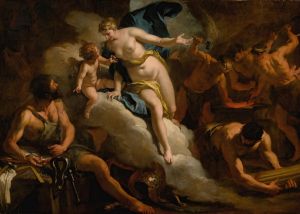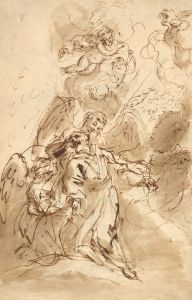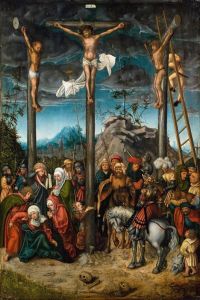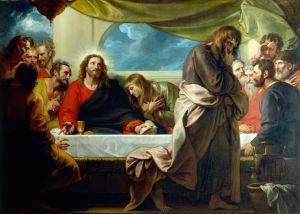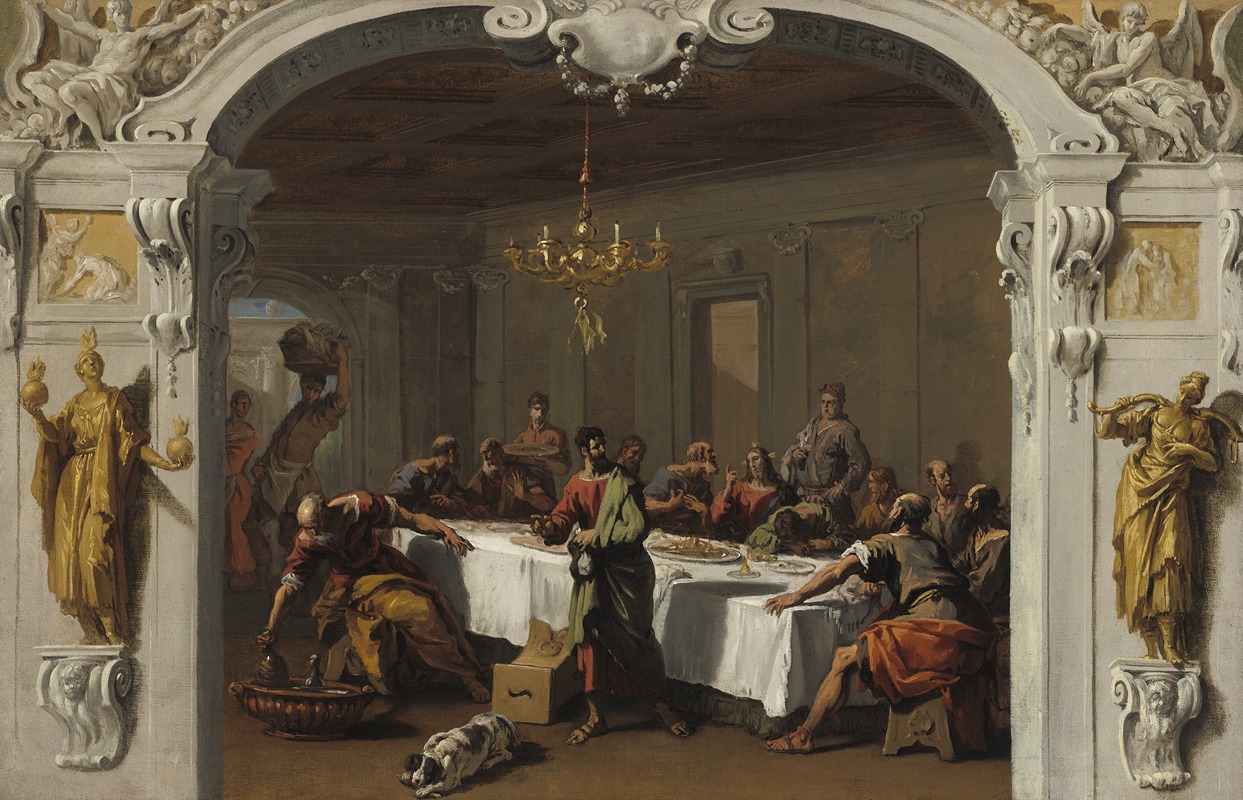
The Last Supper
A hand-painted replica of Sebastiano Ricci’s masterpiece The Last Supper, meticulously crafted by professional artists to capture the true essence of the original. Each piece is created with museum-quality canvas and rare mineral pigments, carefully painted by experienced artists with delicate brushstrokes and rich, layered colors to perfectly recreate the texture of the original artwork. Unlike machine-printed reproductions, this hand-painted version brings the painting to life, infused with the artist’s emotions and skill in every stroke. Whether for personal collection or home decoration, it instantly elevates the artistic atmosphere of any space.
Sebastiano Ricci, an Italian painter of the late Baroque period, is known for his vibrant and dynamic compositions that often depict religious and mythological themes. One of his notable works is "The Last Supper," which showcases his ability to blend dramatic storytelling with a rich color palette and fluid brushwork.
Sebastiano Ricci was born on August 1, 1659, in Belluno, Italy. He trained in Venice, which was a significant center for art during his time, and his style was influenced by the Venetian tradition of color and light. Ricci's career spanned various Italian cities, including Florence, Rome, and Milan, and he also worked in England and France, gaining a reputation as a versatile and prolific artist.
"The Last Supper" by Sebastiano Ricci is a depiction of the biblical scene where Jesus shares his final meal with his twelve apostles before his crucifixion. This subject has been a popular theme in Christian art, interpreted by numerous artists throughout history. Ricci's version of "The Last Supper" reflects his Baroque sensibilities, characterized by movement, emotion, and a dramatic use of light and shadow.
In Ricci's interpretation, the composition is lively and filled with expressive figures. The apostles are depicted in various poses and gestures, each reacting differently to Jesus' announcement of his impending betrayal. Ricci's use of color is notable, with warm tones and contrasts that enhance the emotional intensity of the scene. The arrangement of figures creates a sense of depth and movement, drawing the viewer's eye towards the central figure of Jesus.
Ricci's "The Last Supper" is also distinguished by its attention to detail and the artist's skillful handling of the medium. The textures of the fabrics, the play of light on the figures, and the intricate architectural elements in the background all contribute to the painting's overall impact. Ricci's ability to convey the psychological complexity of the scene, capturing the varied emotions of the apostles, is a testament to his mastery as a painter.
Throughout his career, Sebastiano Ricci was known for his ability to adapt his style to suit the tastes of his patrons while maintaining his artistic integrity. His work on "The Last Supper" exemplifies his talent for combining traditional religious iconography with the dynamic and theatrical elements of the Baroque style.
While specific details about the commission or the exact date of Ricci's "The Last Supper" are not widely documented, the painting remains an important example of his work and contributes to his legacy as a significant figure in the Baroque art movement. Ricci's influence extended beyond his lifetime, impacting subsequent generations of artists who admired his vibrant compositions and innovative approach to traditional themes.
Sebastiano Ricci passed away on May 15, 1734, in Venice, leaving behind a body of work that continues to be studied and appreciated for its artistic merit and historical significance. His interpretation of "The Last Supper" remains a testament to his skill and creativity, reflecting the enduring appeal of this iconic biblical scene in the history of art.





